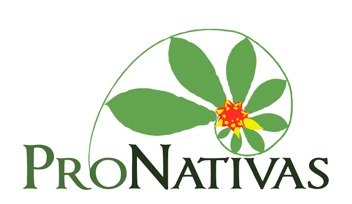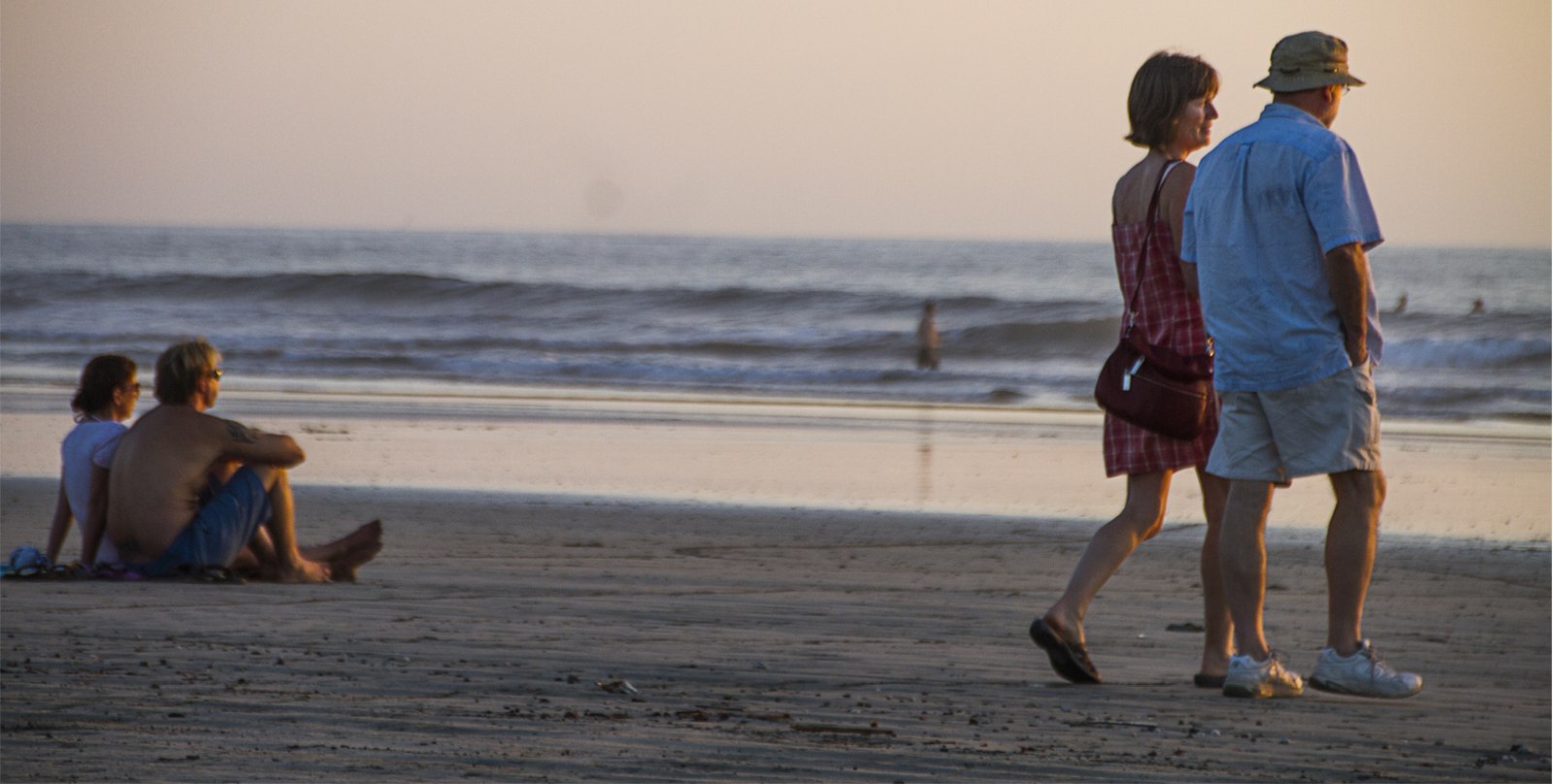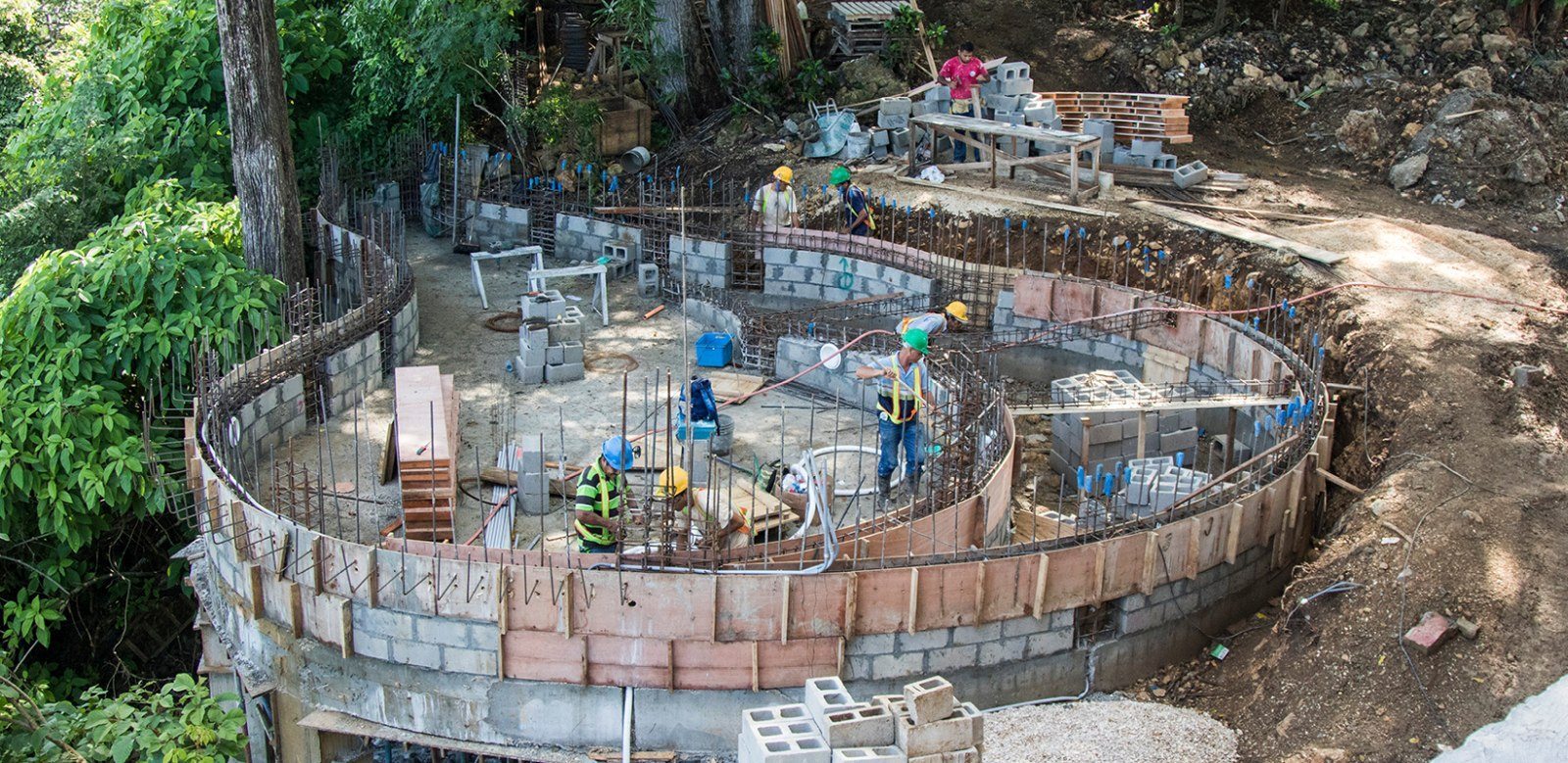
A letter from Karen Aras about ProNativas
We expect that ProNativas will be holding a workshop in Nosara sometime later this year. I’ve asked Karen Aras to explain more about the native plants movement in Costa Rica. Here in Playas de Nosara, the more natives we plant in our gardens the less water we’ll use and the more birds will happily keep us company. AR
ProNativas began as a local initiative in Monteverde, Costa Rica in 2004 when botanist and environmental educator, Willow Zuchowski, started researching and popularizing the use of native plants in local gardens. Willow, a long-time Monteverde resident and author of the book Tropical Plants of Costa Rica: A Guide to Native and Exotic Flora (Cornell University Press),
In 2007 and early 2008, stimulated by a growing interest in native gardens, ProNativas conducted workshops at Harmony Hotel, Nosara. During one of the workshops, when Willow mentioned her dream of spreading ProNativas to different regions of the country, Natalia Vega, a graduate of EARTH University, volunteered to begin organizing a network.
In 2008 the first meeting of the ProNativas network was held in Tamarindo.. Today, ProNativas is an expanding nationwide network, made up of gardeners, landscapers, and biologists who share an interest in experimenting with native ornamental plants in diverse life zones of Costa Rica. Below we mention some of our members and their background.
The flora of the Neotropics is extremely diverse. In a tropical country that has approximately 10,000 native plant species, finding potential ornamentals should be fairly easy. And yet, as in many other countries around the world, the tendency of gardeners and nursery owners here has been to focus on what has been used and works elsewhere …ignoring the richness and beauty of Costa Rica’s own flora. ProNativas strives to demonstrate that there is much untapped ornamental potential to be discovered in the region’s own flora.
Invasives, threatening and displacing native species, can destroy habitat. The march of invasives in Costa Rica has begun. Vast areas in the Caribbean lowlands have been affected by such plants as Musa velutina, an attractive banana that produces seeds dispersed by birds. Nonnative ornamental plants that easily spread vegetatively and/or by seed can be time bombs ready to explode in a matter of years or decades. In other parts of the world, the impact and control of invasive plants cost in the billions of dollars. Impacts are felt both economically and in terms of biodiversity as plants take over areas where particular natives should be growing.
Through education, ProNativas hopes to prevent the use of potentially harmful exotic species, thus preventing further major changes in the landscape and subsequent ecosystem damage.
•••







Comments